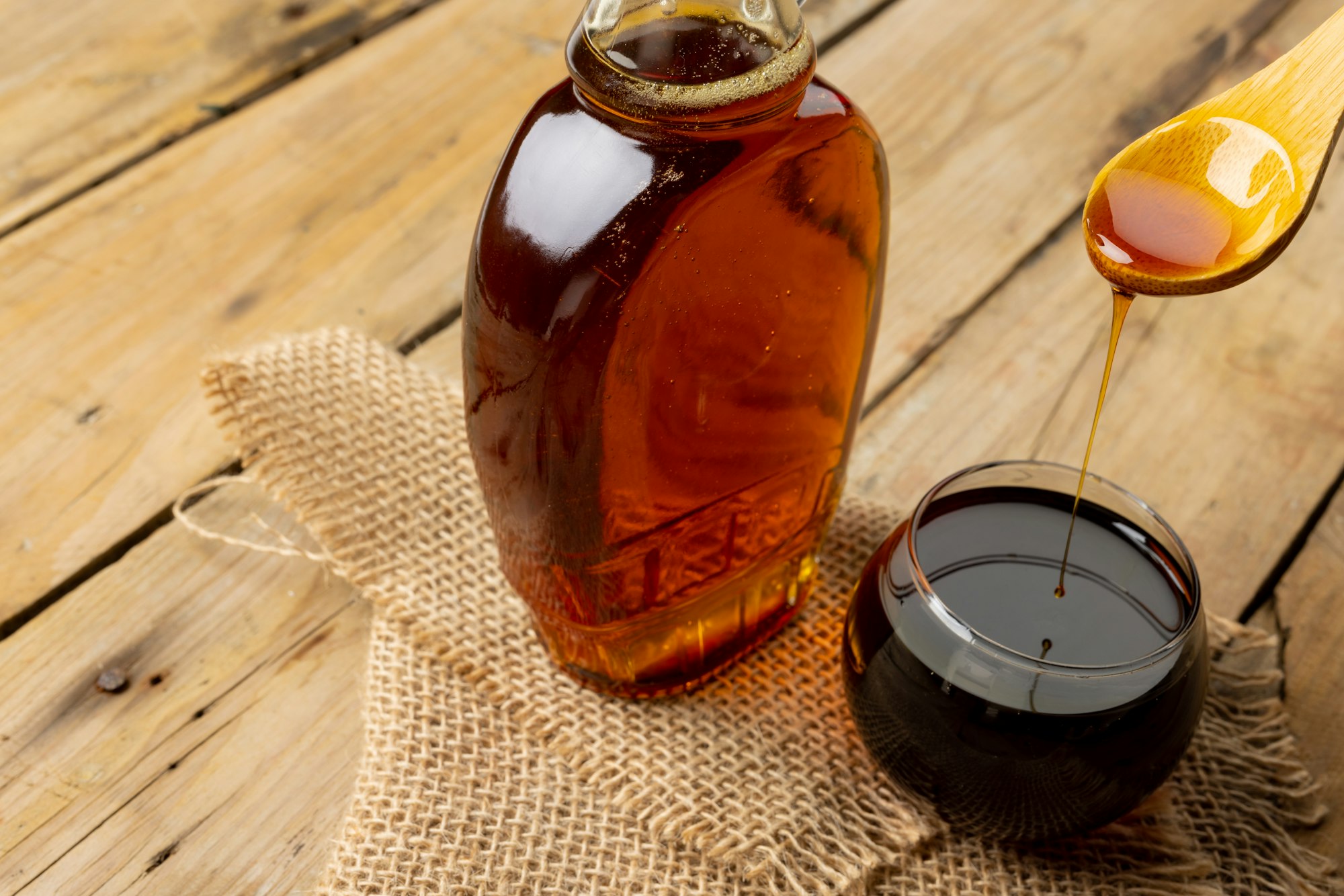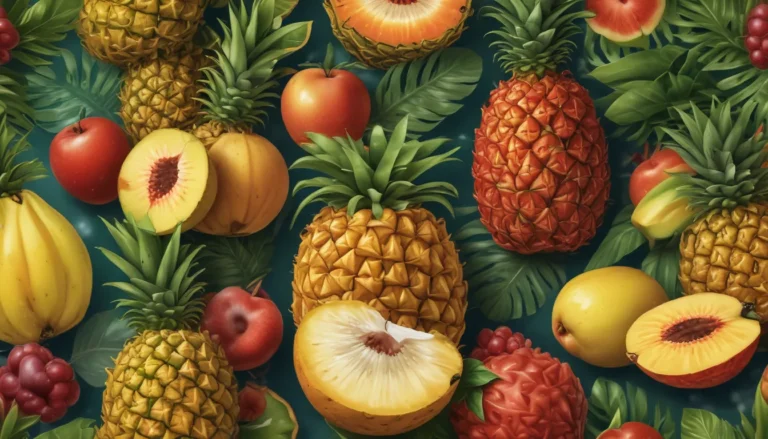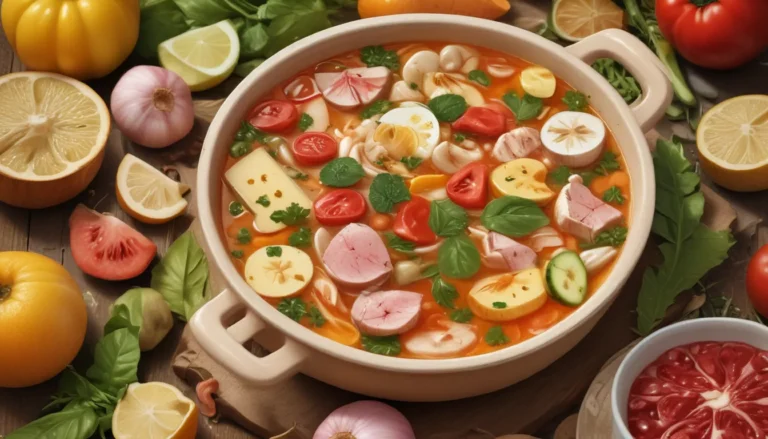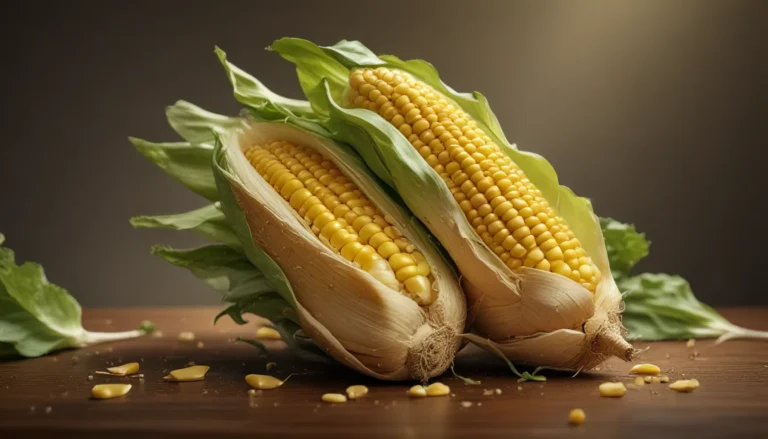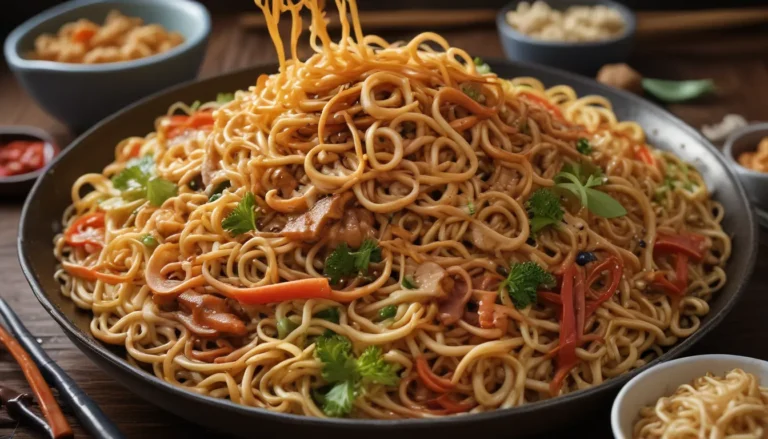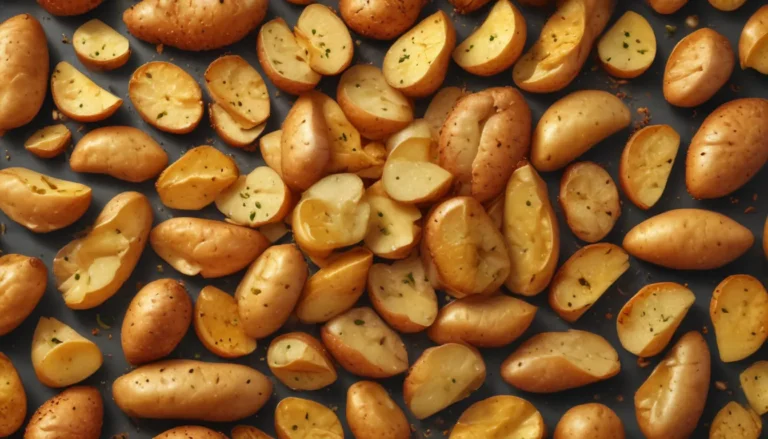The pictures in our articles might not always show exactly what the text is talking about. We use these images to make the article more interesting and eye-catching. They are there to add to the text, but not to replace it or show every detail.
Are you a fan of maple syrup? This golden elixir has been delighting taste buds for centuries, but there's more to it than just its delicious flavor. In this post, we'll explore some fascinating facts about maple syrup that will make you appreciate this natural sweetener even more.
Maple syrup, often called "liquid gold," is not only a tasty treat but also a product rich in history and nutritional value. From its origins in North America to its modern-day production methods, there's a lot to learn about this beloved condiment. So, let's dive into the world of maple syrup and uncover some sweet facts that might surprise you!
1. The Origin of Maple Syrup
Native Americans were the first to discover the sweet sap of maple trees and develop methods to process it into syrup. This knowledge was later passed on to European settlers, starting a tradition that continues to this day.
2. Canada: The Maple Syrup Capital
Did you know that Canada produces about 71% of the world's maple syrup? Quebec alone accounts for over 90% of Canada's production, making it the undisputed maple syrup capital of the world.
3. The Labor-Intensive Production Process
Creating maple syrup is no easy task. It takes an average of 40 liters of sap to produce just one liter of maple syrup. This labor-intensive process requires patience and precision.

4. A Short but Sweet Season
The maple syrup tapping season is surprisingly brief, typically lasting only a few weeks in early spring. This short window is when temperatures fluctuate between freezing at night and thawing during the day, creating ideal conditions for sap flow.
5. Nutritional Benefits
Maple syrup isn't just empty calories. It contains essential nutrients such as:
- Manganese
- Zinc
- Calcium
While it should still be consumed in moderation, maple syrup offers a more nutritious alternative to refined sugar.
6. Grading System
Maple syrup is graded based on its color and flavor profile. The grades range from light and delicate to dark and robust, each offering a unique taste experience.
7. Versatility in the Kitchen
Maple syrup isn't just for pancakes and waffles. Its versatility in the kitchen is impressive:
- Use it in savory marinades and dressings
- Add it to cocktails for a sweet twist
- Incorporate it into baked goods for natural sweetness
8. Economic Impact
The maple syrup industry plays a crucial role in supporting local economies, particularly in rural areas where maple trees are abundant. It provides a sustainable income source for many communities.
9. The Sugarbush
The sugarbush, referring to the area where maple trees are tapped, is carefully managed to ensure the health and sustainability of the trees. This responsible approach allows for continued production year after year.
10. A Day of Celebration
December 17th is officially Maple Syrup Day! This sweet holiday celebrates the significance of maple syrup in various cultures around the world.
11. Growing Global Popularity
With the increasing demand for natural and organic products, maple syrup's popularity has been on the rise globally. Consumers are turning to it as a healthier sweetener option.
12. Long Shelf Life
Properly sealed and stored, maple syrup can last for several years without refrigeration. Just keep it in a cool, dark place to maintain its quality.
13. Variety of Maple Species
While sugar maple trees are the primary source of maple syrup, other species like black maple and red maple can also be tapped. Each species imparts its own unique flavor to the syrup.
14. Festive Celebrations
Maple syrup festivals are held worldwide, offering visitors the chance to learn about syrup production, sample different grades, and enjoy maple-themed treats. These events are a delightful celebration of all things maple.
15. Sustainable Production
The maple syrup industry is known for its sustainable practices. Tapping doesn't harm the trees when done correctly, allowing for continued production for many years.
Conclusion
From its rich history to its nutritional benefits and versatile uses, maple syrup is truly a remarkable natural product. These facts about maple syrup showcase why it's more than just a sweet topping – it's a culinary treasure with deep roots in North American culture.
Next time you drizzle some maple syrup over your breakfast or use it in a recipe, take a moment to appreciate the journey from tree to table. This golden elixir is a testament to nature's bounty and human ingenuity, offering a sweet taste of tradition in every drop.
So, why not explore the world of maple syrup beyond your usual uses? Try incorporating it into new recipes or experimenting with different grades to discover your favorite flavor profile. After all, with a product this versatile and delicious, the possibilities are as endless as they are sweet!
